Ennis Filbert Hazelnut Tree
Description
About the Ennis Filbert Hazelnut Tree
A new, reliable favorite! The Ennis Filbert Hazelnut Tree, originating from the University of Oregon, is renowned for its large, oval-shaped fruit and moderately firm, light brown shell adorned with pronounced darker-colored stripes. This European variety adds both visual appeal and culinary versatility to any landscape. It’s cold hardiness and ornamental value make it a desirable addition to gardens and orchards in zones 5-9.
The nuts produced by the Ennis Filbert Hazelnut Tree are prized for their exceptional flavor and versatility. Whether enjoyed fresh, roasted, or incorporated into various dishes, these large, oval-shaped nuts enrich culinary creations with their rich, nutty taste. Beyond their culinary uses, the Ennis hazelnuts also serve as attractive ornamental features in the landscape, enhancing the aesthetic appeal of gardens and orchards.
Growing the Ennis Filbert Hazelnut Tree
To cultivate the Ennis Filbert Hazelnut Tree successfully, select a location within zones 5-9. Ensure the soil is well-drained and amend it with organic matter to improve fertility and drainage. Ennis is cold-hardy and late-blooming. Cross-pollination with compatible varieties is essential for optimal fruit set. See recommended varieties below.
Vigilant attention to disease management, particularly blight, is crucial for preserving the health and productivity of this hazelnut tree. Proper pruning, pest control measures, and soil management practices contribute to its overall vigor and resilience.
Planting the Ennis Filbert Hazelnut Tree not only offers the pleasure of harvesting delicious nuts but also adds ornamental beauty and value to your landscape, making it a worthwhile investment for both culinary enthusiasts and gardeners alike.
Prunus 'Ennis'
Characteristics
| Bloom Color | Yellow |
| Fruit Color | Brown |
| Fruit Size | Large |
| Hardiness Zone Range | 5 - 9 |
| Pollination | Pollinator Required |
| Ripens/Harvest | Late August/early September |
| Shade/Sun | Full Sun |
| Soil Composition | Loamy |
| Soil Moisture | Well Drained |
| Soil pH Level | 5.5 - 7.0 |
| Texture | Fine Firm |
| Years to Bear | 3 - 6 |
Zone Compatibility
Pollination
This variety requires another one for adequate pollination.
Tools & Supplies
Planting & Care
Learn all about how to grow filbert hazelnut trees in The Growing Guide. An entire section of our website dedicated to your growing success.
Questions & Answers
They should still produce, but you will need another variety for pollination.
Best pollinators: Casina or Lewis.
The Royal is no longer available with our company, The Lewis and the Ennis will cross pollinate.
No there is no risk of hazelnuts or heartnuts harming your fruit trees.
You may need to reach out to your local county extension office for that information or to see what is out locally for specific zone planting.
You should be able to use other variety of filbert for pollination
American hazelnut (Corylus americana) has male and female flowers that can cross-pollinate, it does not need another variety for pollination.
Its possible that an American Hazelnut will pollinate a Corylus Sp. like the ones we offer but we can't guarantee that it will all the time.
You need another tree for pollination, the bees carry pollen from one flower of a different variety to the other trees flower which is how the nuts are formed. We list which pollinators work on the product page such as a casina or a Lewis.
Yes you can start these in large pots and transplant when you are ready.
The hazelnut tree is resistant to the juglone that walnut trees produce so that is not an issue.
Customer Reviews
It seems to be doing great

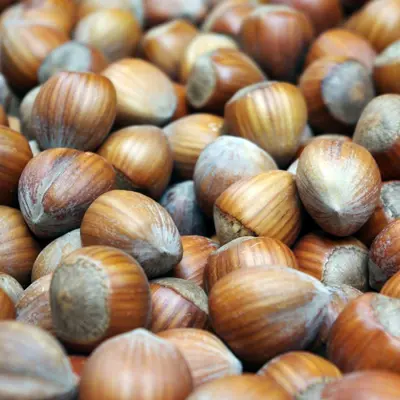
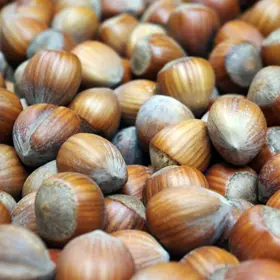
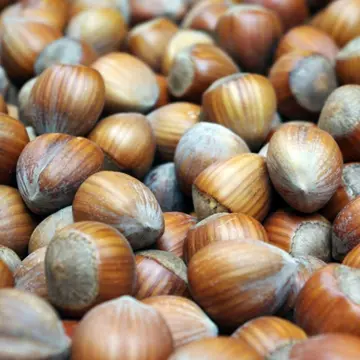
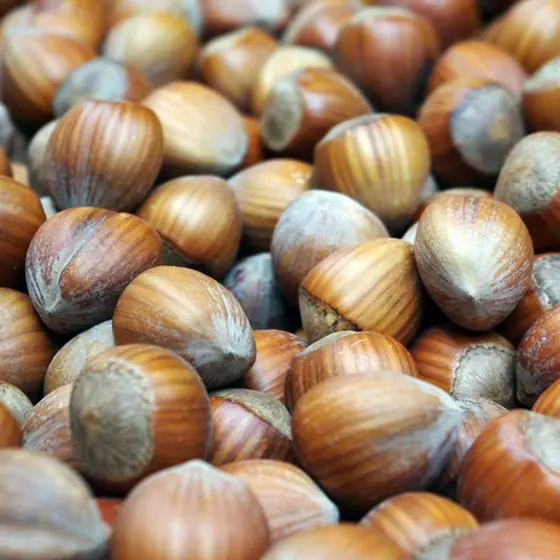



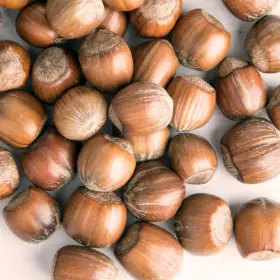
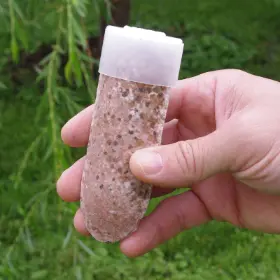

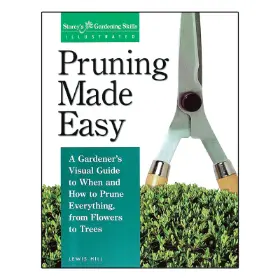


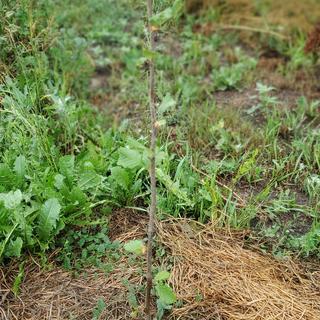
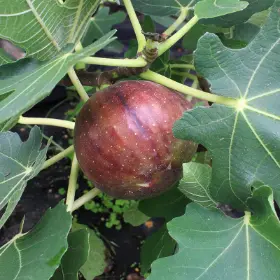
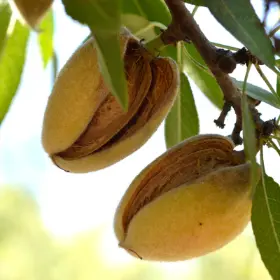
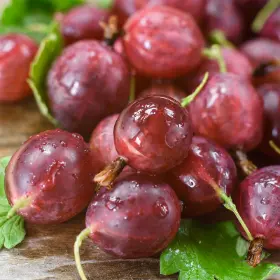
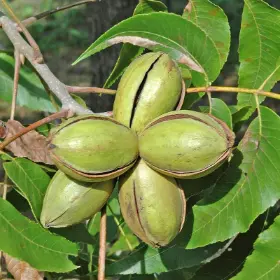

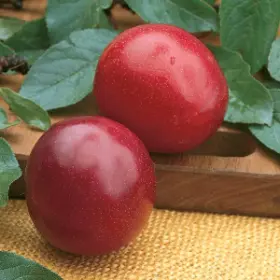
Needed pollinaters
I couldn't pass on this deal!!!!!!
Pollinator compatability
Planning for a hedge in my backyard to invite in more wildlife.